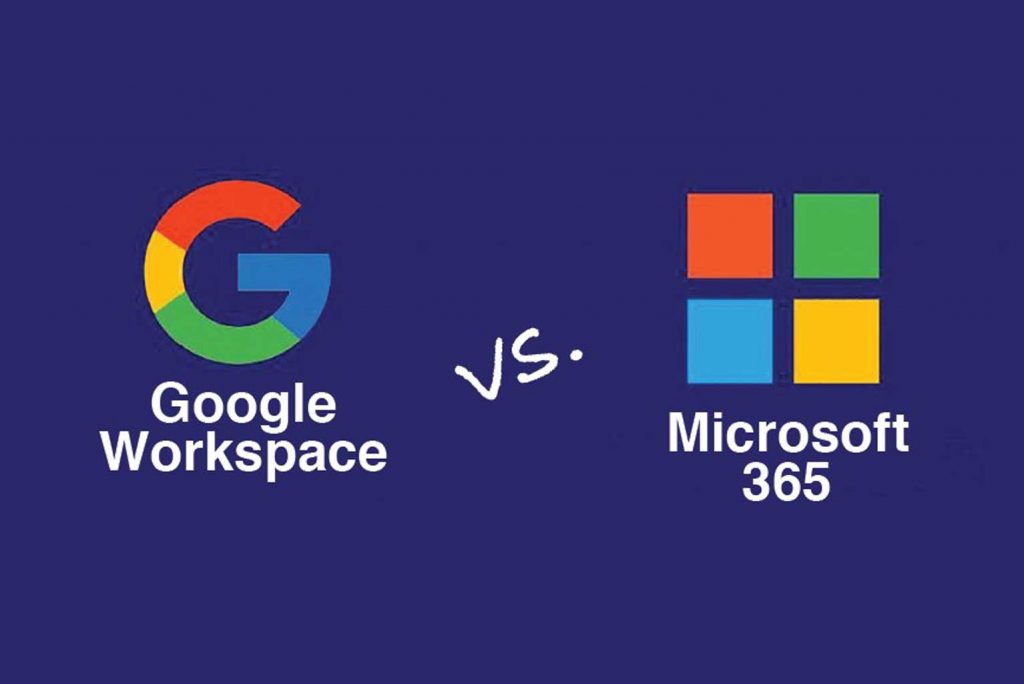In today’s digital age, having a strong online presence is crucial for the success of any business. One of the key factors in achieving this is having a high ranking on search engines like Google. Here are ten steps that you can take to improve your website’s ranking on Google.
Research and Identify Relevant Keywords. Keywords are the foundation of any effective SEO strategy. Conduct thorough research and identify relevant keywords that your target audience is searching for. Use tools like Google Keyword Planner or SEMrush to help you in this process.
Optimize Your Website’s Content. Once you have identified your target keywords, optimize your website’s content accordingly. Ensure that your website’s pages have relevant, engaging and informative content that incorporates these keywords. However, avoid overstuffing your content with keywords as this could lead to a penalty from Google.
Improve Your Website’s Loading Speed. A website’s loading speed is a critical factor in determining its ranking on Google. Ensure that your website is optimized for fast loading speeds by compressing images, reducing the number of plugins and minimizing the use of large files.
Build Quality Backlinks. Backlinks from other websites are an essential part of any successful SEO strategy. Build quality backlinks from reputable websites that are relevant to your industry. This can be achieved by guest posting, creating shareable content, and participating in industry-specific forums.
Use Social Media. Social media platforms are great for building brand awareness, driving traffic to your website, and increasing your website’s ranking on Google. Make sure to have a strong social media presence and share your website’s content on these platforms.
Use Meta Tags. Meta tags are HTML codes that provide information about your website to search engines. Ensure that your website has relevant meta tags such as title tags, meta descriptions, and header tags, which will make it easier for search engines to crawl and index your website.
Optimize Your Website for Mobile Devices. With more than 50% of web traffic coming from mobile devices, it is essential that your website is optimized for mobile devices. Ensure that your website has a responsive design that is optimized for all mobile devices.
Improve Your Website’s Navigation. Your website’s navigation should be intuitive, easy to use, and provide a seamless user experience. Ensure that your website’s menus are well-structured, and users can find what they are looking for easily.
Monitor Your Website’s Performance. Regularly monitor your website’s performance using tools like Google Analytics. This will help you identify areas that need improvement and adjust your SEO strategy accordingly.
Regularly Update Your Website’s Content. Finally, regularly updating your website’s content is critical in improving your website’s ranking on Google. Keep your website’s content fresh, engaging, and relevant to your target audience. This will increase your website’s traffic and improve your website’s ranking on Google.
Improving your website’s ranking on Google requires a comprehensive SEO strategy that incorporates all the above steps. Implement these steps consistently, and you will see a significant improvement in your website’s ranking on Google.





